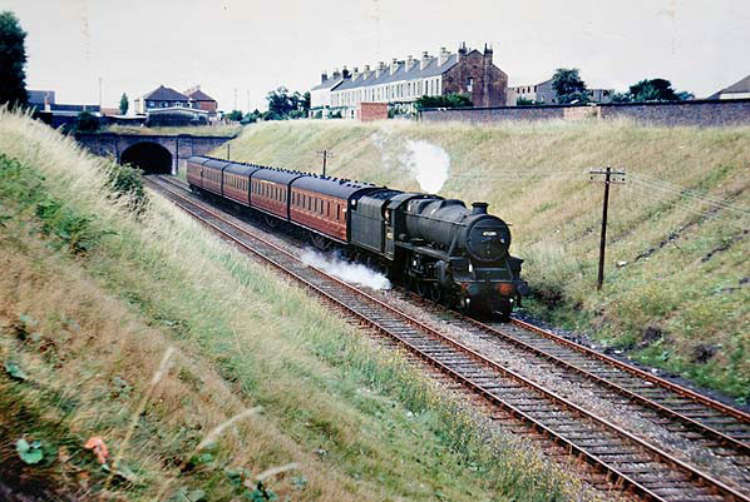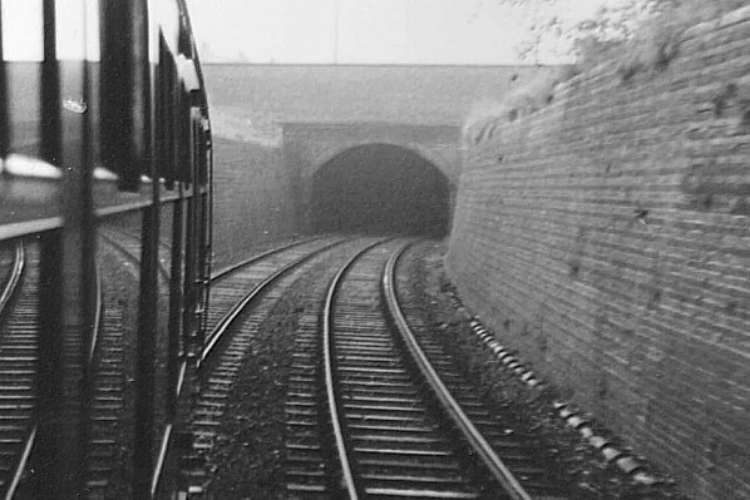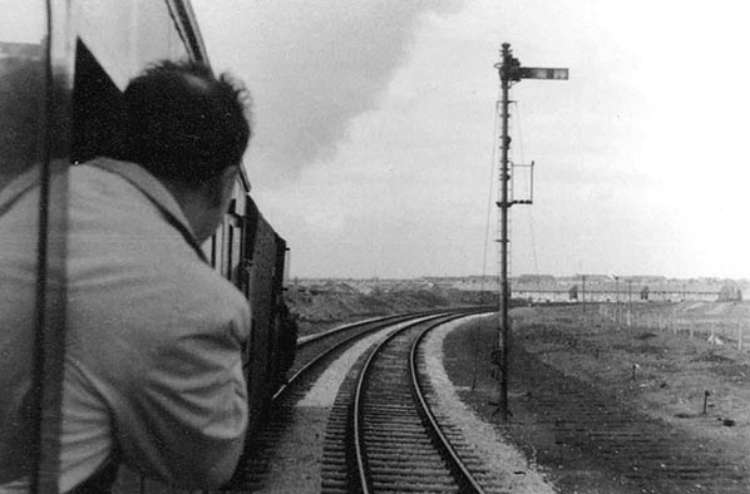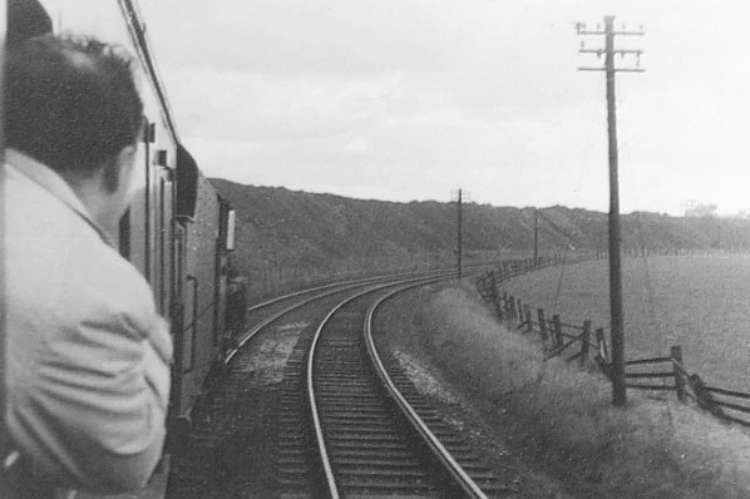
8D ASSOCIATION
The 8D Association is dedicated to promoting the history of the railways of South Lancashire, Merseyside and North Cheshire.
Great Central & Midland Railway Joint Line..
(The Widnes Loop)

History of the Line
By the 1870s the LNWR had a monopoly of the town of Widnes as it owned the west-to-east Garston to Manchester via Warrington and Lymm line, and the north-to-south St Helens to Widnes (formerly Runcorn Gap) line.
The Cheshire Lines Committee (CLC) was granted powers to build a new railway from Garston to Manchester (opened 1 August 1873) which passed to the north of the town. Industrialists in Widnes lobbied for a line to branch off this new route to the east of Widnes, veer south, and then run through the town before turning north and rejoining the CLC main line. The CLC was a joint company comprising three partners: the Great Northern Railway (GNR) Manchester Sheffield & Lincolnshire Railway (MSLR) and the Midland Railway (MR). Whereas the GNR had no interest in the Widnes proposal, the other two CLC partners did.

The factory owners, or the ‘landowners’ as they became known, pressed their case and persuaded the MS&LR and the MR to build a line: thus the MS&LR & MR Joint Railway Company was born.
The first section of the line, however, was promoted by local industrialists. They received an Act for ‘The Widnes Railway’ on 7 July 1873 to build a line of three miles which would make a junction with the CLC east of Barrows Green and run south before turning west and terminating at Tanhouse Lane in Moss Bank, which at that time was a small settlement to the east of Widnes. The independence of the line was short-lived as, by 1874 – well before it opened – it was vested with the MSLR, and a year later with the MS&LR and the MR, creating the MS&LR & MR Joint Railway Company.
At Barrows Green a junction was laid out in the form of a triangle so that trains could travel either west towards Liverpool or east towards Manchester. The west-facing junction was Widnes West Junction and the other was Widnes East, whilst the southern point of the triangle was Widnes South Junction. Signal boxes were located at all three junctions. The line was opened to goods services only on 3 April 1877.
A substantial goods station was provided at Tanhouse Lane, which could be reached easily by many of the factories. The goods station was provided with both a large goods shed and an engine shed. New factories developed along the route of the line.

In 1874 an Act was obtained to build the ‘Widnes West Railway’ from the goods depot at Tanhouse Lane to Hough Green. Construction began that year. It passed through the centre of Widnes and many properties, most of them very poor structures, had to be demolished. The line opened to goods services on 1 July 1879 and effectively created a loop from the CLC main line to pass through Widnes. On 29 February 1880 the western curve of the triangle to the east of Widnes was closed and taken out. It no longer served a purpose as trains could head west from all points along the joint line via Hough Green; equally they could reach the line from the west by the same route.On 1 August 1879 Widnes Central passenger station opened. Just over eleven years later a further passenger station opened at Tanhouse Lane. On 1 August 1897 the MSLR changed its name to the Great Central Railway (GCR). The joint line became the GCR & MR Joint Railway Widnes Branch. At the grouping of 1923 the GCR became part of the London & North Eastern Railway (LNER) and the MR became part of the London Midland & Scottish Railway (LMS). The CLC remained independent, but with two-thirds of the shares being held by the LNER and one-third by the LMS.
On 1 January 1948 the majority of the railways of Great Britain were nationalised as part of British Railways. The Widnes Joint line became part of British Railways’ London Midland Region: for the first time it was under the control of just one organisation. It remained busy for freight services throughout the 1950s.
Nowadays, most of the former trackbed has now been transformed to form part of the Trans Pennine walk although with the odd exception, eg West Derby Station and numerous bridges, there is no trace of any railway remains.

In 1961 British Railways laid a new spur line from Widnes No. 1 signal box (which was located on the Widnes to St Helens line just south of Lugsdale Road Bridge) to Tanhouse Lane yard. This enabled locomotives to transfer between the former LNWR Widnes engine shed and the former GCR/MR joint line. It also allowed goods trains to reach Tanhouse Lane yard from the north via the Widnes – St Helens line, which had previously been impossible. One such train that was able to use this new chord was the United UU Anhydrite Train each weekday from Long Meg.
The Reshaping of British Railways (‘Beeching’) report of 1963 recommended the closure of the former joint line as a through route; only the yard at Tanhouse Lane would be retained, but served from the former LNWR Widnes – St Helens line. The last passenger services ran on 3 October 1964 and the last through goods trains on 6 December 1964.

The following year all tracks were lifted except for sidings at Tanhouse Lane. Metal bridges were also removed in the centre of Widnes. Tanhouse yard remained in use until 2000 (but from 21 April 1982 reached from the former LNWR Widnes Deviation line). The track at the yard was lifted in 2008 and the area landscaped as Moss Bank Park. A short section of track was retained as a feature of interest.
After closure most sections of the line were obliterated by building developments. The only sections that still survived in 2012 (other than at Moss Bank) were at Sunny Bank (the former triangle to the east of Widnes) and at Liverpool Road on the west side of the town.
